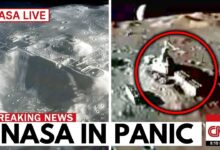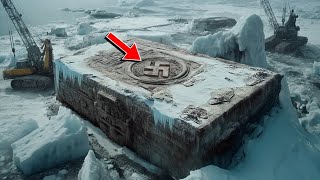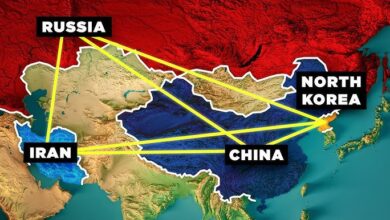What is NASA Searching for in DEEP SEA
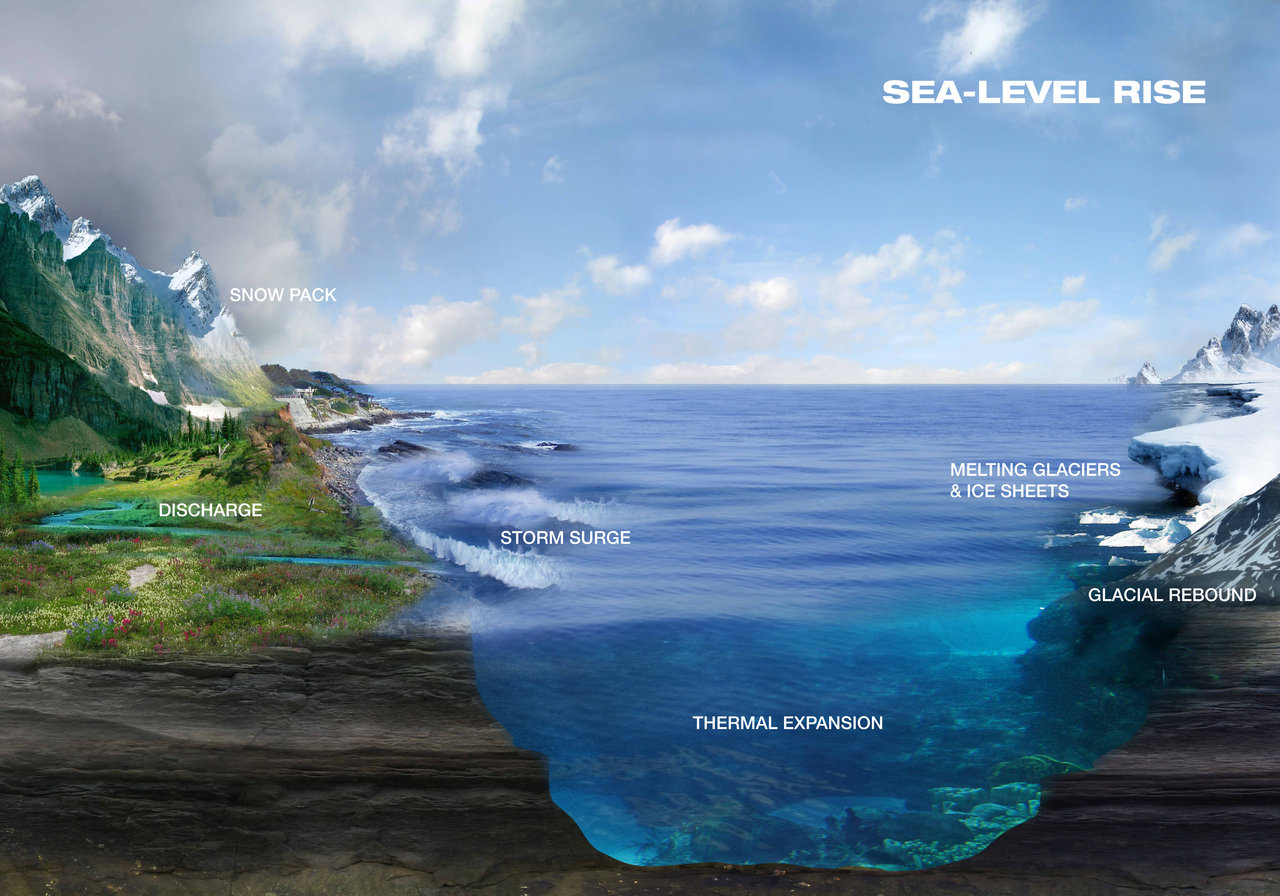
**Chandrayaan-3’s Mission: Historic Achievements and the Unsolved Water Mystery**
India’s Chandrayaan-3 Moon mission marked a significant milestone in space exploration. On August 23, 2023, India became the 4th nation to successfully land a spacecraft on the Moon, and notably, the first to do so at the lunar south pole. The mission’s lander, Vikram, and rover, Pragyan, have already made notable scientific discoveries about the Moon’s composition, which will be crucial for future space exploration.
However, amidst these achievements, one crucial question remains unanswered: where is the Moon’s water? Water ice, particularly in the dark polar craters, has been a major focus of lunar exploration since it was first hypothesized in the 1960s and suggested by previous missions, including India’s Chandrayaan-1 in 2009, which provided strong spectroscopic evidence of water ice.
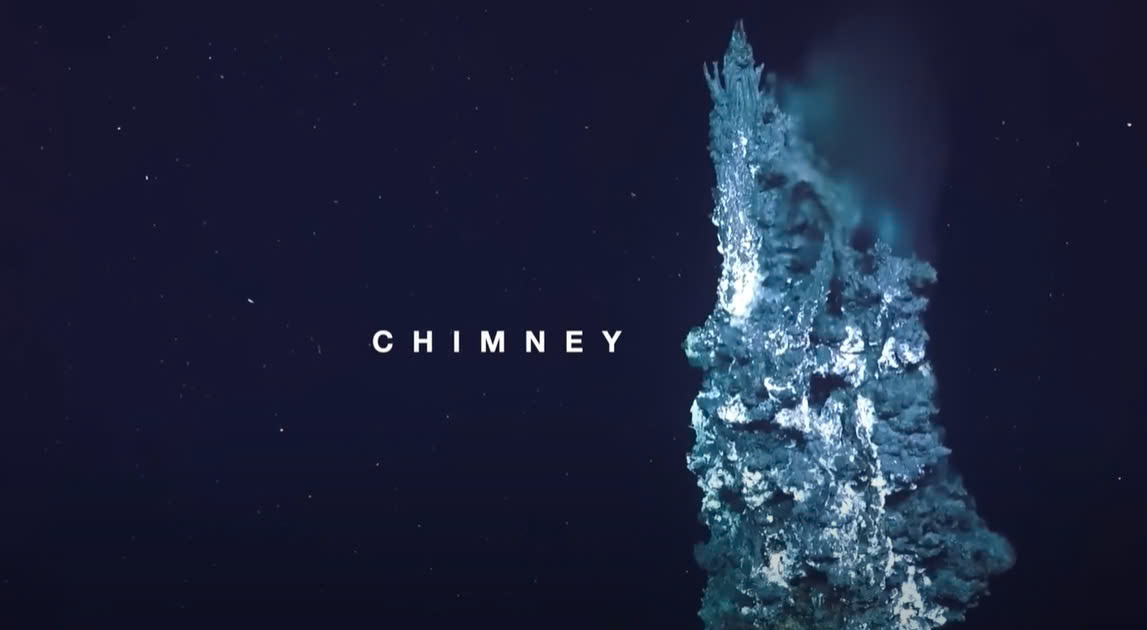
Chandrayaan-3, launched on July 14, 2023, was designed to continue the search for this elusive ice. The mission featured Vikram, the lander, and Pragyan, a small rover equipped with advanced instruments like the Alpha Particle X-ray Spectrometer (APXS) and Laser-Induced Breakdown Spectroscopy (LIBS), capable of analyzing the Moon’s surface for water and other elements. Despite early expectations, no hydrogen—key evidence of water—was detected.
The mission’s limitations played a role in this outcome. Chandrayaan-3’s budget, approximately $75 million, was far smaller than NASA’s Artemis program, and the lander and rover were designed to survive only one lunar day (14 Earth days) due to the extreme cold of the lunar night, which reaches -120°C. Despite these constraints, Pragyan identified elements like aluminum, sulfur, and calcium, providing important geological data but no direct evidence of water.

Vikram, meanwhile, conducted temperature readings at various depths of the Moon’s surface. It revealed a sharp drop from around 60°C at the surface to -10°C just 8cm below, suggesting that lunar regolith is a poor conductor of heat. This finding hints that if water ice exists, it may be buried beneath the surface, rather than being immediately visible on top.
Though Chandrayaan-3 was unable to uncover water ice directly, the mission provided valuable insights into the Moon’s composition and conditions. The findings suggest that future missions might need to dig deeper to locate ice deposits. The data from Chandrayaan-3 will be crucial for planning future lunar bases, as the presence of water is vital for sustaining human life and producing rocket fuel.
Despite the absence of water, Chandrayaan-3 has laid important groundwork for future lunar exploration, offering clues about where and how to search for the Moon’s hidden resources.



